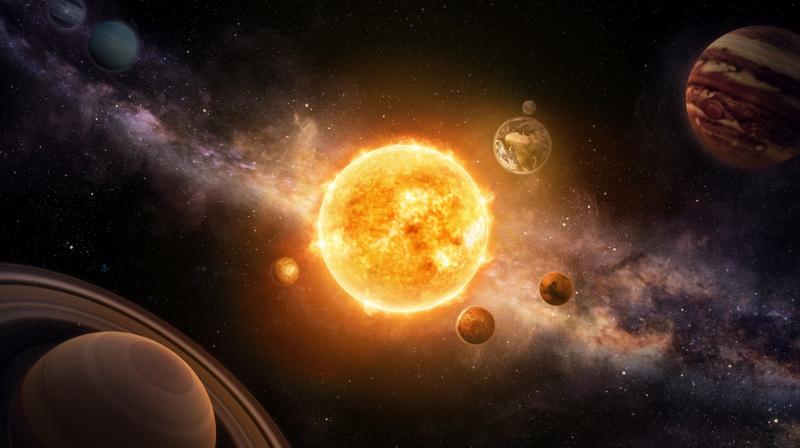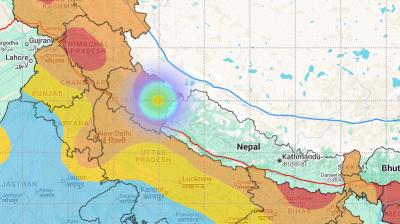
“We have validated TOI-1846 b using TESS and multicolor ground-based photometric data, high-resolution imaging, spectroscopic observations,”
NASA Discovers “Super Earth” TOI-1846 b Using TESS Latest News
The National Aeronautics and Space Administration (NASA) has confirmed the discovery of a new “Super Earth” located about 154 light-years away in the northern constellation Lyra.
In March 2025, NASA’s Transiting Exoplanet Survey Satellite (TESS) recorded a flicker of starlight. Scientists have since tracked the source of this flicker to a planet now named TOI-1846 b, a Super Earth—a type of planet larger than Earth but smaller than gas giants like Neptune.
According to reports from Earth.com, the discovery was made by Abderahmane Soubkiou and colleagues at the Oukaimeden Observatory in Morocco. NASA later confirmed the find after the research team combined TESS data with ground-based telescopic images, light measurements, and archival star photos.
What is TOI-1846 b?
TOI-1846 b is estimated to be nearly twice as wide as Earth and about four times heavier. This size-and-mass combination suggests it is denser than planets with thick, gassy atmospheres, but less dense than rocky planets like Earth. Scientists speculate it may have a layer of dense ice, a thin atmosphere, and possibly even a shallow ocean.
Despite an estimated surface temperature of around 600°F (315°C) and the likelihood that it is tidally locked (always showing the same face to its star), scientists believe water could exist in some form if these initial findings hold true.
How TESS Observes Planets
TESS, launched on April 18, 2018, scans large stripes of the sky, watching for minute dips in starlight — a sign that a planet may be transiting, or passing in front of, its host star. These dips are flagged as TESS Objects of Interest (TOIs).
So far, TESS has detected over 7,600 such dips, and more than 630 of those have been confirmed as real exoplanets.
Why TOI-1846 b Stands Out
According to The Sun’s report, TESS is especially sensitive to small, cool stars, and TOI-1846, the host star of TOI-1846 b, fits that profile. The star is only about 40% the size and mass of our Sun and glows at around 6,000°F (3,300°C).
This lower brightness means the star’s habitable zone—the region where liquid water could exist—is located much closer in. TOI-1846 b orbits its star in just four days, far closer than Mercury’s orbit in our solar system.
Despite the star's dimness, TESS’s four wide-field cameras and 30-minute observational cadence allow it to detect even subtle changes in light from such distant systems.
What Scientists Say
“We have validated TOI-1846 b using TESS and multicolor ground-based photometric data, high-resolution imaging, and spectroscopic observations,” wrote Abderahmane Soubkiou in the discovery announcement.
The findings have been published on arXiv, a preprint server for scientific research.
(For more news apart from “NASA Discovers “Super Earth” TOI-1846 b Using TESS,” stay tuned to Rozana Spokesman)













